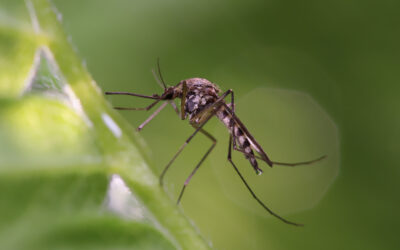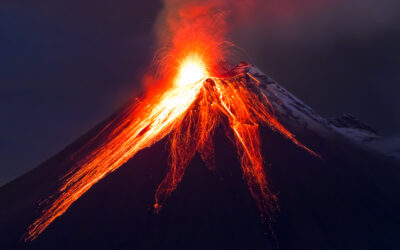Caviar, one of the world’s most luxurious delicacies, has a long and fascinating history that dates back to ancient times. Derived from the eggs (roe) of sturgeon fish, caviar was initially enjoyed by Persians and Russians, who believed it had medicinal properties. The word “caviar” itself is thought to come from the Persian word “khav-yar,” which means “egg-bearing.”
The sturgeon, native to the Caspian Sea and the Black Sea, was once abundant in these regions, making caviar a plentiful and popular food. Persians were among the first to consume caviar, believing it gave strength and endurance. Later, Russian tsars embraced caviar as a delicacy, serving it at royal banquets and cementing its status as a symbol of luxury.
Caviar’s introduction to the West came in the 19th century, when Russian aristocrats began exporting it to Europe. At first, caviar was relatively inexpensive and even served as a snack in American bars during the late 1800s! However, overfishing of sturgeon led to a rapid decline in sturgeon populations, making caviar rare and expensive by the early 20th century.
Today, caviar is synonymous with high-end cuisine and is often served at exclusive events and gourmet restaurants. The most sought-after varieties are Beluga, Osetra, and Sevruga caviar, each with its own unique flavor and texture.
In response to overfishing, sustainable caviar farming has become popular, allowing for sturgeon roe to be harvested without endangering wild populations. Despite these efforts, true wild caviar remains incredibly rare and is considered one of the most luxurious and expensive foods in the world.
Related Articles
How Mosquitoes Changed History
They may seem like nothing more than annoying pests, but mosquitoes have played a powerful role in shaping the world. These tiny insects are considered the deadliest animals on Earth—not because of...
The History of Parody—Comedy That Pushes Boundaries
Parody—the art of exaggerating or imitating something for comedy—dates back to ancient Greece, where playwrights like Aristophanes poked fun at politics and myths. In the 1700s and 1800s, satirical...
The Science of Volcanoes—Earth’s Fiery Forces
Volcanoes are more than just eruptions—they are crucial to Earth’s formation! When molten rock, or magma, reaches the surface, it creates new land, forming islands like Hawaii and Iceland. The...





